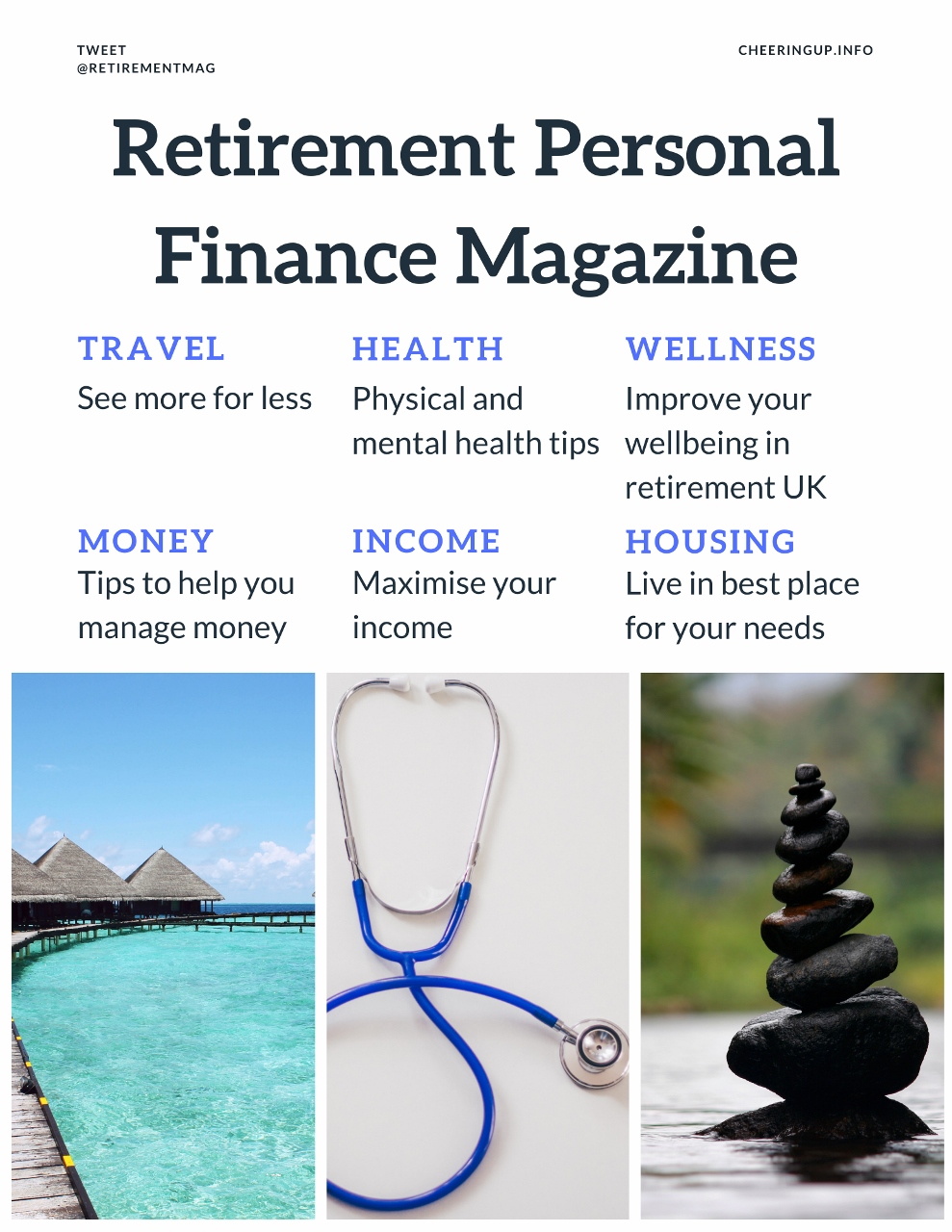Unlocking the Best of Newcastle & Northumberland Without Breaking the Bank: Your Ultimate Price-Savvy Guide!
Ever feel like exploring the stunning landscapes and vibrant culture of Newcastle and Northumberland requires a lottery win? I get it! The rising cost of living in the UK is hitting everyone hard. But what if I told you that adventure and enjoyment are still within reach? What if you could experience the very best this incredible region has to offer without emptying your wallet or wasting precious time?
Well, get ready! Because this isn’t just another list of things to do. This is your insider’s guide, meticulously crafted to help both residents and visitors unlock the hidden gems and popular hotspots of Newcastle and Northumberland in the smartest, most cost-effective way possible. We’re talking about maximising your fun, minimising your expenses, and making the most of every single day out.
Think of this as your personal roadmap to affordable exploration. We’ll delve into savvy strategies for transportation, uncover free and low-cost activities that pack a punch, reveal the secrets to scoring delicious deals on dining, and share insider tips on making the most of local events and attractions. Forget generic advice; we’re diving deep into actionable insights that you can implement today.
And for businesses in Newcastle and Northumberland, listen up! Imagine connecting directly with a highly engaged audience actively seeking out the best experiences this region has to offer. We’re building a community of savvy explorers, and your business could be right at the heart of their next unforgettable day out.
So, whether you’re a local looking to rediscover your backyard or a visitor eager to soak up the North East charm, get ready to unlock a world of possibilities. Let’s explore Newcastle and Northumberland the smart way, together!
Navigating the Region: Smart Transportation Strategies
Getting around can often be a significant expense. But fear not! Newcastle and Northumberland offer a range of cost-effective transportation options just waiting to be explored.
Public Transport Power:
- The Tyne and Wear Metro: For exploring Newcastle and its immediate surroundings, the Metro is your best friend. It’s efficient, frequent, and offers day tickets and weekly passes that can significantly reduce your travel costs compared to individual fares. Consider a Pop card for even cheaper travel! Top tip: look out for off-peak travel times, which are often less crowded and can sometimes offer better value.
- Local Buses: Northumberland boasts a comprehensive bus network connecting towns and villages. Plan your journeys in advance using apps like Citymapper or the local operator’s website to find the most direct and affordable routes. Don’t forget to inquire about day tickets or multi-journey passes if you plan on making several trips.
- Rail Adventures: For venturing further into Northumberland’s stunning countryside, the train can be a scenic and surprisingly affordable option, especially if you book in advance. Websites like National Rail Enquiries allow you to compare prices and find the cheapest fares. Look for Advance tickets, which are often released weeks or months ahead of travel and offer substantial discounts.
Embrace Active Travel:
- Cycling: Newcastle and Northumberland are increasingly becoming cycle-friendly. Many areas offer dedicated cycle paths and quiet lanes, perfect for a leisurely day out. Consider bringing your own bike or utilising local bike hire schemes. Not only is it a fantastic way to see the sights, but it’s also completely free (after the initial cost of a bike) and great for your health! For example, the Hadrian’s Cycleway offers breathtaking views and historical exploration.
- Walking Wonders: Don’t underestimate the power of your own two feet! Many of the region’s most beautiful spots, from the Newcastle Quayside to the Northumberland Coast Path, are best explored on foot. Pack a picnic, wear comfortable shoes, and immerse yourself in the scenery without spending a penny on transport. I’ve discovered some of my favourite hidden gems just by taking a wander!
Savvy Parking Strategies:
- Park and Ride: If you’re driving into Newcastle, consider utilising park and ride facilities located on the outskirts of the city. This allows you to avoid expensive city centre parking charges and enjoy a cheaper bus or Metro ride into the heart of the action.
- Free Parking Hotspots: Do your research! Many smaller towns and villages in Northumberland offer free parking, especially on weekends or in designated areas. A little pre-planning can save you a significant amount on parking fees.
- Consider Off-Street Parking: If you do need to park in a town or city, explore off-street car parks, which are often cheaper than on-street parking meters. Apps like Parkopedia can help you compare prices and find the best deals.
Free Fun: Unforgettable Experiences That Won’t Cost a Penny

Who says you need to spend big to have a fantastic day out? Newcastle and Northumberland are brimming with free activities that offer just as much enjoyment as their pricier counterparts.
Nature’s Playground:
- The Northumberland Coast Path: Stretching for over 60 miles, this stunning coastal path offers breathtaking sea views, dramatic castles, and opportunities for wildlife spotting. Pack a lunch and spend a day hiking a section of the path – the fresh air and incredible scenery are completely free!
- Kielder Water & Forest Park: This vast expanse of natural beauty offers endless opportunities for free exploration. Enjoy scenic walks, cycling trails, birdwatching, and stargazing in one of the darkest sky areas in England. Pack a picnic and make a day of it!
- Newcastle’s Parks and Green Spaces: From the iconic Town Moor to the beautiful Jesmond Dene and Leazes Park, Newcastle boasts numerous parks perfect for a stroll, a picnic, or simply relaxing and soaking up the atmosphere. These green oases offer a welcome escape from the city bustle without costing a thing.
Cultural Immersion Without the Entry Fee:
- Great North Museum: Hancock: While some special exhibitions may have a charge, the permanent collections at this fantastic museum are free to explore. Discover natural history, ancient civilisations, and fascinating exhibits about the region. It’s a brilliant way to spend a few hours, especially on a rainy day.
- Laing Art Gallery (Selected Exhibitions): Keep an eye out for free entry days or specific free exhibitions at the Laing Art Gallery in Newcastle. Even exploring the building itself is a treat, with its impressive architecture.
- Public Art Trails: Both Newcastle and various towns in Northumberland feature interesting public art installations. Embark on a self-guided walking tour to discover these creative pieces and explore the urban landscape in a unique way.
- Local Libraries: Libraries aren’t just for books anymore! Many offer free events, workshops, and access to computers and Wi-Fi. Check out their notice boards or websites for free activities happening near you.
Embrace the Buzz of the City:

- Newcastle Quayside: Simply strolling along the vibrant Quayside, taking in the iconic bridges, and watching the world go by is a fantastic free activity. Soak up the atmosphere, enjoy the street performers, and admire the architecture.
- Grainger Market: While you might be tempted to buy some delicious treats, simply wandering through the historic Grainger Market is an experience in itself. Admire the Victorian architecture and soak up the bustling atmosphere of this local institution.
- Window Shopping and People Watching: Sometimes, the simplest pleasures are the best (and free!). Explore the shops along Northumberland Street in Newcastle or the charming high streets of Northumberland’s market towns, and enjoy some quality people-watching.
Delicious Deals: Savvy Strategies for Affordable Dining
Eating out can quickly eat into your budget, but it doesn’t have to! Newcastle and Northumberland offer plenty of ways to enjoy delicious food without breaking the bank.
Timing is Everything:
- Lunchtime Specials: Many restaurants and cafes offer discounted lunch menus that provide excellent value for money. Take advantage of these deals for a satisfying and affordable midday meal.
- Early Bird Menus: If you don’t mind dining a little earlier, look out for early bird menus offering set meals at reduced prices. This is a fantastic way to enjoy a restaurant experience without the full evening cost.
- Happy Hour: Keep an eye out for pubs and bars offering happy hour deals on drinks and sometimes even food. It’s a great way to enjoy a pre-dinner tipple or some discounted snacks.
Smart Eating Strategies:
- Picnics in Picturesque Locations: With so many stunning natural spots, packing a picnic is a no-brainer for a budget-friendly day out. Grab some local produce from a market or supermarket and enjoy a delicious meal amidst beautiful scenery.
- Explore Street Food Markets: Keep an eye out for local street food markets and events. These often offer a diverse range of delicious and affordable eats, providing a great alternative to traditional restaurants.
- Utilise Loyalty Programmes and Discounts: Many restaurants and cafes offer loyalty programmes or student/senior discounts. It’s always worth asking if any such offers are available.
- Cook Your Own: If you’re visiting the region and have access to self-catering accommodation, consider cooking some of your own meals using local ingredients. This can significantly reduce your dining costs.
Finding the Hidden Gems:
- Independent Cafes and Bakeries: Venture beyond the chain restaurants and explore local independent cafes and bakeries. They often offer delicious and affordable options, and you’ll be supporting local businesses.
- Pub Grub: Many traditional pubs in Newcastle and Northumberland offer hearty and affordable pub grub. Look for daily specials or classic dishes that won’t break the bank.
- Ethnic Eateries: Explore the diverse culinary scene and look for smaller, family-run ethnic eateries, which often offer incredibly flavourful and budget-friendly meals.
Making the Most of Local Events and Attractions (Without Overspending)
Newcastle and Northumberland boast a vibrant calendar of events and attractions. Here’s how to enjoy them without emptying your pockets.
Free Events and Festivals:
- Keep an Eye on Local Listings: Many towns and cities host free festivals, markets, and community events throughout the year. Check local council websites, community notice boards, and social media for details.
- Attend Free Performances and Exhibitions: Look out for free live music performances, art exhibitions, and talks held in public spaces, libraries, or community centres.
- Seasonal Celebrations: Many seasonal events, like Christmas markets or summer fairs, often have free entry, with the option to purchase food, drinks, or crafts if you wish.
Smart Ways to Visit Paid Attractions:
- Look for Discounts and Deals: Many attractions offer online booking discounts, family tickets, or joint tickets with other nearby attractions. It’s always worth checking their websites for special offers.
- Consider Annual Memberships: If you plan on visiting a particular attraction multiple times throughout the year, an annual membership can often work out cheaper in the long run.
- Utilise Vouchers and Loyalty Points: Keep an eye out for vouchers or utilise loyalty points from other schemes that can be used towards entry fees.
- Visit During Off-Peak Times: Some attractions offer cheaper entry during off-peak seasons or times of day. You’ll also likely encounter fewer crowds.
Leveraging Local Knowledge:
- Talk to Locals: Don’t be afraid to ask locals for recommendations on free or affordable things to do. They often have the best insider tips!
- Follow Local Blogs and Social Media: Local blogs and social media accounts often highlight free events and activities happening in the area.
For Newcastle & Northumberland Businesses: Partner with Cheeringup.info
Imagine your business reaching a dedicated audience actively seeking the best experiences Newcastle and Northumberland have to offer – without the hefty price tag. At Cheeringup.info, we’re building a thriving community of savvy explorers, both residents and visitors, who are passionate about discovering the region’s gems in a cost-effective and time-efficient way.
Why Partner with Us?
- Targeted Audience: Reach individuals and families actively looking for recommendations on days out, dining, activities, and local businesses in Newcastle and Northumberland.
- Cost-Effective Advertising: Our platform offers flexible and affordable advertising packages designed to suit businesses of all sizes. Say goodbye to expensive, broad-reach campaigns and hello to targeted engagement.
- Engaged Community: Connect with a highly engaged audience who trust our recommendations and are actively seeking out new experiences.
- Boost Visibility: Increase your business’s visibility and attract new customers who are specifically interested in what you offer.
- Support Local Growth: Be part of a platform dedicated to promoting the best of Newcastle and Northumberland and supporting the local economy.
Advertising Opportunities:
We offer a range of advertising options to suit your business needs and budget, including:
- Featured Listings: Highlight your business in our “Best Of” guides and dedicated business directories.
- Sponsored Content: Share your story and promote your offerings through engaging articles and features.
- Banner Advertising: Increase brand awareness with strategically placed banner ads across our website and YouTube channel.
- Video Sponsorships: Reach our growing YouTube audience through sponsored video segments and product placements.
- Exclusive Offers for Lifestyle Improvement Club Members: Directly target our loyal subscriber base with exclusive deals and promotions.
Join the Cheeringup.info Lifestyle Improvement Club:
For readers who want to take their savvy exploration to the next level, our Lifestyle Improvement Club offers exclusive benefits:
- Members-Only Discounts: Access special discounts and offers from participating local businesses.
- Insider Tips and Guides: Receive exclusive content, including hidden gem recommendations and money-saving strategies.
- Early Access to Events: Get priority booking and early access to select local events and experiences.
- Community Forum: Connect with other like-minded explorers, share tips, and discover new adventures.
- Lifetime Access: Enjoy all the benefits of the club with a one-off lifetime subscription – no recurring fees!
Ready to Connect?
For Newcastle and Northumberland business leaders, this is your opportunity to tap into a valuable and engaged audience. Let us help you showcase your offerings and attract new customers who are eager to experience the best of our region. Contact us today to discuss our affordable advertising packages and become a part of the Cheeringup.info community.
For our readers, join the Cheeringup.info Lifestyle Improvement Club and unlock a lifetime of savings and unforgettable experiences in Newcastle and Northumberland. It’s time to explore smarter, not harder!
Let’s make every day out in Newcastle and Northumberland a fantastic and affordable adventure! I truly believe that by being a little savvy, we can all continue to enjoy the incredible things this region has to offer, without feeling the pinch. So, get out there, explore, and discover the best of Newcastle and Northumberland – the smart way!
Join our Retirement Club
Get help to protect and grow your business faster
Find out more about Lifestyle Improvement Club Corporate Membership
Subscribe for free lifestyle improvement tips reviews and money saving ideas
Read more lifestyle improvement articles and view videos for free
Read more articles and view videos:
- Best free things to do newcastle upon tyne on a budget
- Cheap family days out northumberland coast with kids
- How to save money on travel newcastle and northumberland
- Affordable restaurants newcastle city centre early bird deals
- Free museums and parks northumberland for tourists
Relevant hashtags:
- #NewcastleNorthumberlandOnABudget
- #NorthEastDaysOut
- #UKCostOfLivingTravel
- #ExploreNorthumberland
- #BudgetFriendlyFun
Northumberland and Newcastle On A Budget












